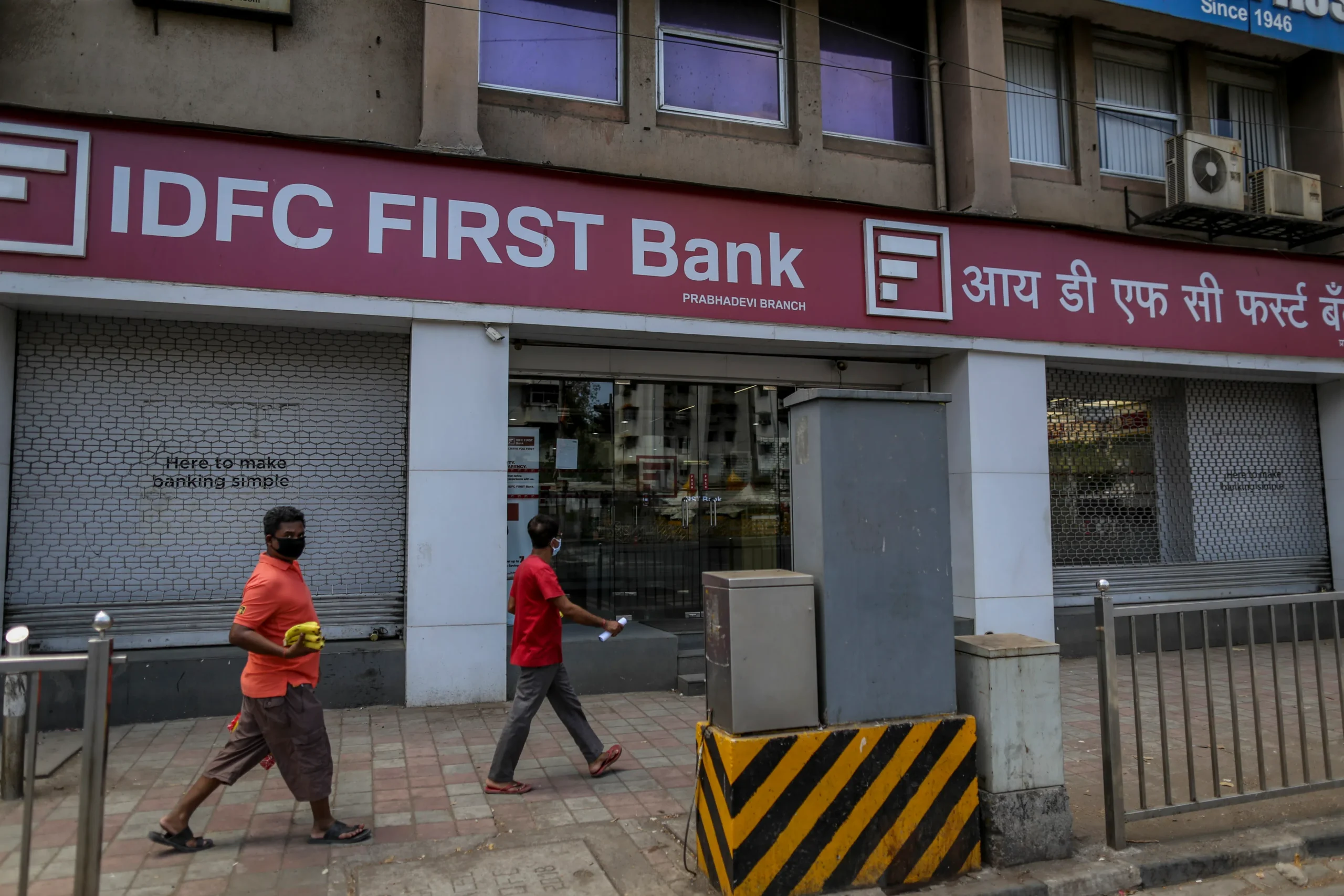What’s going on here?
The Indian rupee is trading near its all-time low at around 83.71 to the US dollar as markets eye central bank policies and impending comments from the Federal Reserve.
What does this mean?
The weak rupee persists in a cautious market, opening nearly unchanged from its previous close of 83.7275 USD/INR. Market activity is muted, with state-run banks expected to hold the USD/INR pair in the 83.75-83.80 range. The dollar index dipped 0.1% to 104.14, while several Asian currencies, like the Thai baht, showed strength by rising 0.8%. US bond yields fell slightly, with the 10-year yield down 3 basis points to 4.17%. This week, central bank decisions, especially from the Federal Reserve, are under close scrutiny. Fed Chair Jerome Powell’s comments will be pivotal, as any hint against a near-term rate cut could further pressure Asian currencies, says Lloyd Chan of MUFG Bank.
Why should I care?
For markets: Central banks steer the ship.
Investors are closely watching the Federal Reserve’s decisions and remarks. With US bond yields and Brent crude prices showing minor movements, the market remains sensitive to policy cues. Foreign investors sold $262.6 million in Indian shares on July 25, reflecting cautious sentiment, but bought $164.2 million in Indian bonds, indicating a mixed outlook influenced by global yield trends.
The bigger picture: Global factors in play.
The rupee’s challenges mirror broader economic issues like inflation, oil prices, and global trade tensions. As the Federal Reserve sets the tone for global monetary policy, any stance against rate cuts could tighten financial conditions worldwide, impacting investment flows and currency stability across Asia.







